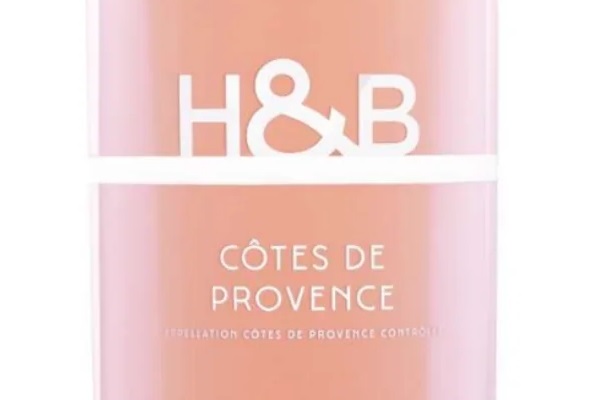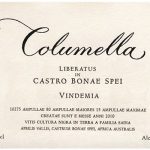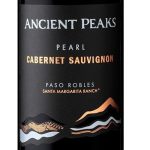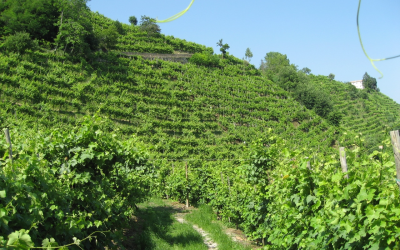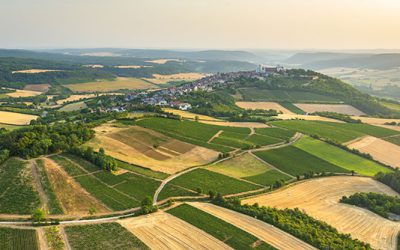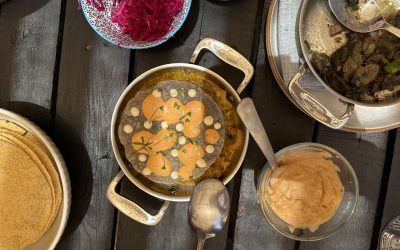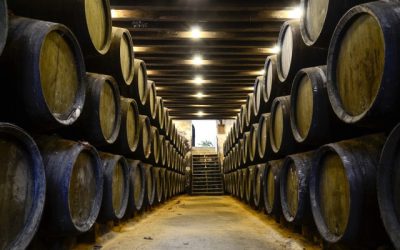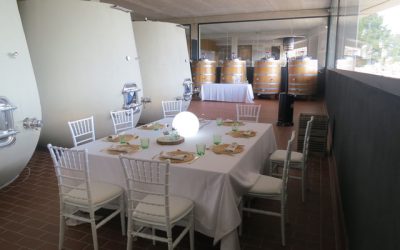So Many Wines.
So Little Time.
Your trusted source for independent wine reviews and wine journalism since 2005
Featured
Wine of the Day
This Week’s Reviews – Highlights
30 NEW REVIEWS POSTED WEEKLY. See all
Articles
Letter from the Editor: Welcome to the Fully Redesigned WRO!
On behalf of all our contributors, I’m delighted to welcome you for a first look around Wine Review Online after a comprehensive redesign of the...
Premium Prosecco: Cru Cartizze is Proving It’s a Thing
Prosecco has long been known for its lively bubbles, easygoing nature, and accessible price point. But there is another side to this sparkling...
Chablis: Constant and Comforting
One of my favorite wines in all the world is Chablis. I recall discovering the unique character of the wine decades ago and found its piercing...
Wine & Dine & More
You Can and Should Pair Mexican Food with Wine
The same characteristics that make Mexican food so exciting – the boldness, complexity, intense spices, and flavors – are also what makes the process of...
Distilling Excellence: Demystifying the Great Brandies of Cognac, Armagnac, and Brandy de Jerez
The most famous of brandies is likely Cognac–a drink whose very name conjures up images of wealthy, well-dressed, cigar-smoking men in a private club. But...
Pairing Wines & Foods? You Don’t Need a Sommelier
Sommeliers hold a higher profile right now than they have for a generation--or maybe two. Even while acknowledging that the Court of Master Sommeliers has...

